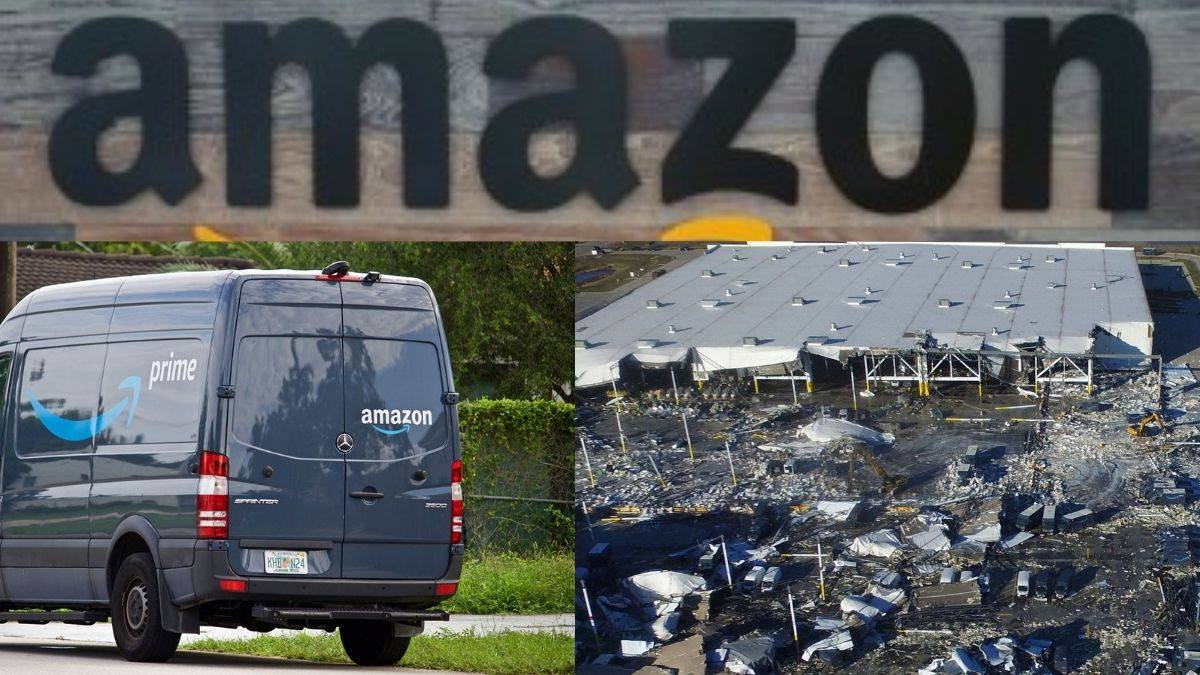Does Amazon exploit its workers? Amazon’s dispatcher threatened the delivery partner to continue delivering during Tornado warnings!

The Amazon delivery partner of Illinois was allegedly threatened by the US-based retailer Amazon to deliver packages during tornados. It is denting the firm’s image.
On Friday, a deadly tornado hit Amazon warehouse in Edwardsville, Illinois, leading to a structural collapse and six deaths. In such dangerous circumstances, one delivery partner of Amazon was asked to continue delivering even after listening to the warning sirens of the tornado. She was threatened that if she goes back, it will be considered a route refusal and she will lose her job.
The dispatcher said, “If you decide to return with your packages, it will be viewed as you refusing your route, which will ultimately end with you not having a job come tomorrow morning,” the dispatcher said.
The driver messaged back, “I’m literally stuck in this damn van without a safe place to go with a tornado on the ground.”
Amazon’s spokesperson told the publications defendants goodwill, “This was a developing situation across a broad geographic area, and unfortunately the delivery service partner’s dispatcher didn’t follow the standard safety practice. This dispatcher should have immediately directed the driver to seek shelter when the driver reported hearing tornado sirens. While this text exchange was going on, the local Amazon team was ensuring each delivery service partner had directed their drivers to shelter in place or seek shelter and advised them to stop delivering for the evening. We’re glad the driver is safe and we’re using the learnings from this incident to improve our policies and guidance for delivery service partners and drivers. Under no circumstance should the dispatcher have threatened the driver’s employment, and we’re investigating the full details of this incident and will take any necessary action.”
The safety measures of Amazon were seriously not adequate but the firm claimed that the delivery partner did not follow the standard safety practice.


